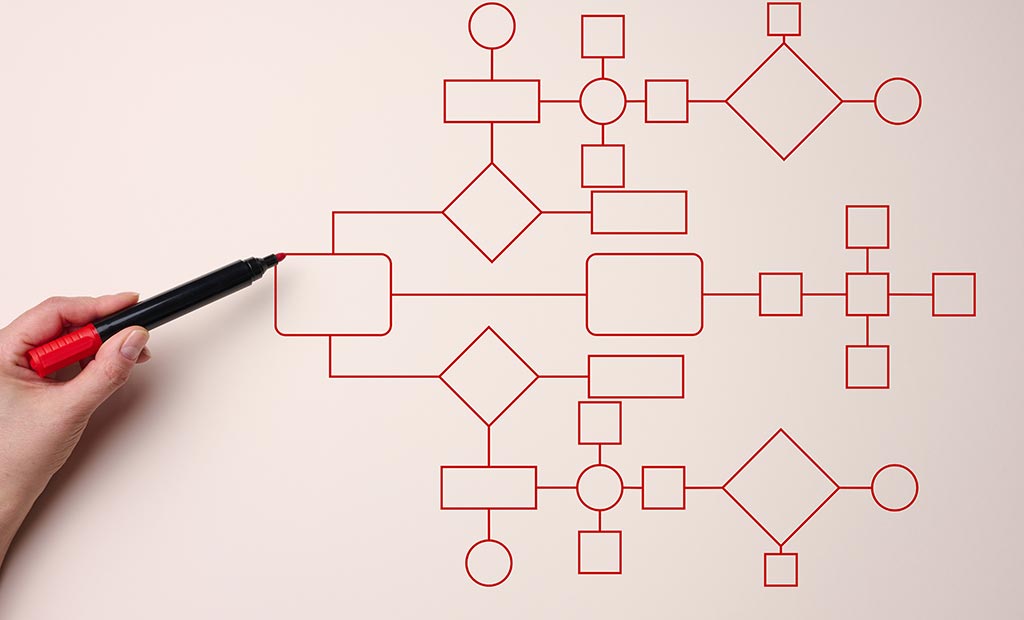Are you finding that your marketing process is becoming more and more complicated and taking up more and more of your time? You’re not alone! This blog post will outline tips to help you streamline your process and become more efficient. With a streamlined process, you’ll be able to spend less time on administrative tasks and more time on strategy development – which is where the real magic happens! So read on for tips on how to make your marketing work for you.
Every employer has different marketing priorities, but most marketing departments, regardless of their size, generally share a desire to be more efficient and productive. There are three key objectives to consider when getting started, the people, the process, and the technology.
The People
The people are the most critical asset of any organization. The human resources available determine its success. The people are the ones who do the tasks described in the process by leveraging the technology. Onboarding the right people is critical to success. Businesses must identify key employees with the right skills, experience, and attitude for the job. However, more often than not, key individuals are not available when needed. Businesses must invest in employee development and training programs that foster individuals’ required skills and attitudes before applying them to specific projects. Doing so ensures that companies have the people they need to succeed when they need them.
So everybody knows their responsibilities, the people need clear role definitions with clearly defined objectives. Defined role responsibilities will help decision-making, technology selection, and process deployment. Lastly, your marketing organization must have a vision and strategy. Your marketing organization must have buy-in from the people. They must understand why they are doing it, what they have to do, and the measurement of success.

The Process
In any organization, large or small, efficiency is key to success. Efficiency means using resources to achieve a desired outcome with the least possible waste. In the business world, this often means maximizing productivity while minimizing costs. There are many ways to increase efficiency in an organization, but process improvement is one of the most effective. Process improvement is a systematic approach to identifying and eliminating wasted time, effort, and resources in a given process. Organizations can do this through various means, such as process redesign, process automation, or process reengineering. Businesses can realize significant efficiency improvements by looking closely at how work is currently being done and making strategic changes. As a result, they can free up more time and resources to devote to other projects and initiatives. And by making their processes more efficient, they can set themselves up for long-term success.
- Establishing a process requires knowing what people are associated with the project and the requirements for their involvement. What does each person need to achieve for the project to succeed? Instructions must be written and communicated to the stakeholders to establish the correct process. All stakeholders should review and approve the written instructions during the process design and review stage.
- Understand the deliverables for each step in the process and document them.
- Consider how much time each step takes and what is the typical duration for each step, and then document planned hours and duration. For example, approving a new proof may take 1 hour to complete, but the task owner needs two days to complete the task.
- Once the process is established, it is crucial to monitor and evaluate it over time to account for changes in people, technology, and the market. Make sure to update the written documentation and communicate it with the stakeholders in regular review meetings. Use a stop, start, continue approach for evaluating current task list items. Stop doing things that do not work, start doing new things which should improve the process, and continue doing the things that work.
Once the people and processes are established, marketing organizations should consider the technology to support them.

The Technology
Technology is vital in improving processes and making them more efficient in today’s business world. Businesses can optimize their operations and get the most out of their people and resources by automating tasks and data analytics. In addition, technology can help companies to improve communication and collaboration between employees, as well as between different departments. By making it easier for people to share information and work together on projects, technology can help to make businesses more productive and efficient. As a result, companies that invest in the latest technology can often achieve better results and improve their bottom line.
Technology is not a one-stop answer for solving your organizational progress. Remember that technology is a tool used with people and processes. Organizations must ensure that the technology fits within the organization’s needs and culture. If your marketing group puts technology first without considering people and processes, the technology will not have the desired impact. Technology is nothing without the right people and processes to drive the goals and objectives of a project.
By understanding the people and the processes, an organization should write down the requirements for the technology to begin evaluating possible solutions. Here are a few items to consider when getting started in your search for the right technology.
- Communication
- Tracking
- Measurement
- File Storage
- User Management
- Automation
- Training
- Security
- Cost
Putting it All Together
Operational efficiency in marketing is the people, process, and technology working together to create efficiencies and scale. The people are the creative marketers, analysts, and account managers who use their skillset to create operational efficiencies. The process is the set of repeatable steps to complete a task. And technology is the tool that enables people and processes to work more efficiently.
Efficiencies can be created in many ways but commonly involve automating tasks, consolidating data sources, or eliminating manual processes. Numerous efficiency tools are available, such as marketing automation software, marketing performance management software, and customer data platforms. The key is to select the right tool for the job and ensure that it integrates well with your people and processes.
Combining people, processes, and technology can result in significant operational efficiencies that help marketing organizations scale.
